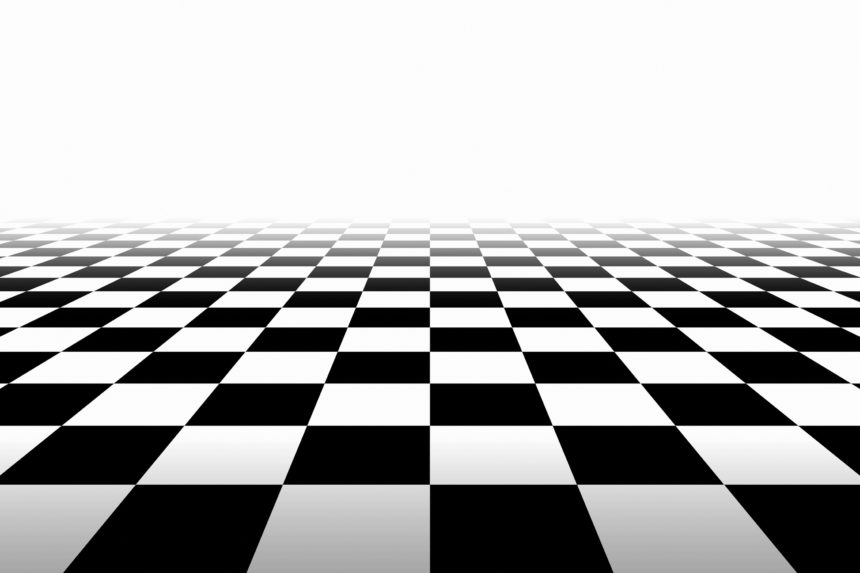
Gait freezing in Parkinson’s disease is lessened when flooring has large, transverse rectangular visual cues, according to new research findings.
Gait freezing occurs when people with Parkinson’s temporarily feel as if their feet are glued to the floor and find it difficult to step forward. Previous studies have shown that visual stimulus helps to cue forward movement in these circumstances, and the new investigation sought to find which patterns are most effective.
Participants with Parkinson’s disease and gait freezing were asked to walk back and forth along an eight-meter track with six different floor patterns.
The results showed that walking on transverse floor stones improved time, velocity, number of steps, and step length when compared to compared with walking on no pattern. A transverse pattern was also superior in some parameters to a diagonal pattern, and walking on a regular pattern (a black and white chessboard) led to increased step length compared to an irregular virtual pattern.
Patterns projected on the floor were also linked with better walking time and gait speed than real floor patterns. The novelty of virtual reality may have encouraged more attention and therefore better scores in those cases, the researchers theorized.
“The present findings suggest that [Parkinson’s] patients benefit from using large transversal visual cues, which might be incorporated in floor patterns in both the exterior and the interior,” concluded author Ota Gál, Charles University, Prague, and colleagues.
The study was published in the journal Movement Disorders.




